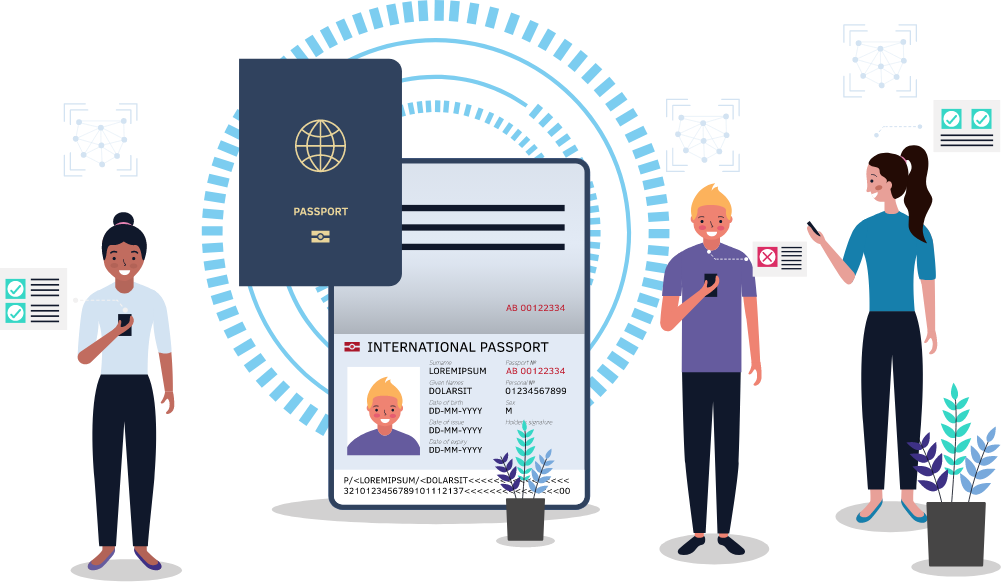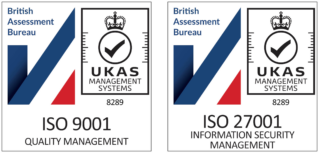Home Office Guidance on Identity Document Validation Technology (IDVT)

In March 2018, the Home Office published guidance for employers on ‘Identity Document Validation Technology’ (IDVT). At TrustID, we’re proud to have been part of the consultation period which helped to shape this guidance, alongside scanner manufacturers, other leading IDVT suppliers and representatives from the Police and UK Immigration team.
We’ve spoken on this blog before about the significant challenge of identifying a fraudulent identity document manually and without expert training. And the risks that can be associated with accepting a fake ID as proof of Right to Work or allowing someone to access your services. This latest guidance recognises the important role that IDVTs can play in detecting fraudulent documentation, including passports, Biometric Residence Permits, driving licences and identity cards, and preventing their use to:
- obtain employment or accommodation in the UK, as part of a right to work or right to rent check
- work in vulnerable sectors, e.g. where an individual requires a DBS check
- obtain access to controlled premises or services, such as secure areas or licensed premises
- apply for public services
- be charged for receiving NHS treatment
- obtain financial services
- receive other goods and services

The guidance is made up of 4 main parts:
- General guidance on IDVTs
- Choosing the right IDVT
- Guidance on using IDVT
- Protecting IDVT from misuse
We think that the section of the guidance regarding evaluating the different types of IDVTs to meet your needs is particularly relevant to what we can offer at TrustID. It explores choosing technology based on different levels of assurance and the number of checks that you need to perform. It highlights, for example, the different assurance needed for a low number of Right to Work checks in a ‘low risk’ sector when compared to making identity checks for people in a position of trust in a critical industry.
IDVTs are not intended to replace the use of trained forgery experts or to bypass any existing systems that your organisation has in place to tackle fraud. However, this government guidance recognises that IDVT can quickly help you to establish the authenticity of identity documents presented to you. And solutions available today can be scaled according to the number of checks that you make and the level of risk that you face.
Want to find out more?
Why not get in touch to find out how identity validation solutions could help your organisation
Sign up to receive updates
Receive notifications from TrustID direct to your inbox. Simply fill out your email address in the form below.
Want to find out more?
We’d be really happy to chat through your requirements and offer advice on the best service for your business.
Tel: 0118 466 0822 or email us.
Request a callback


